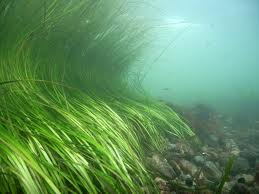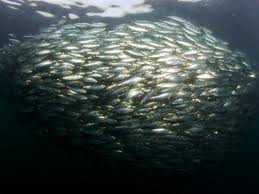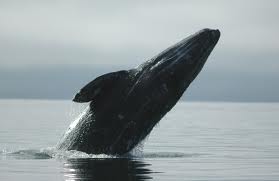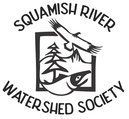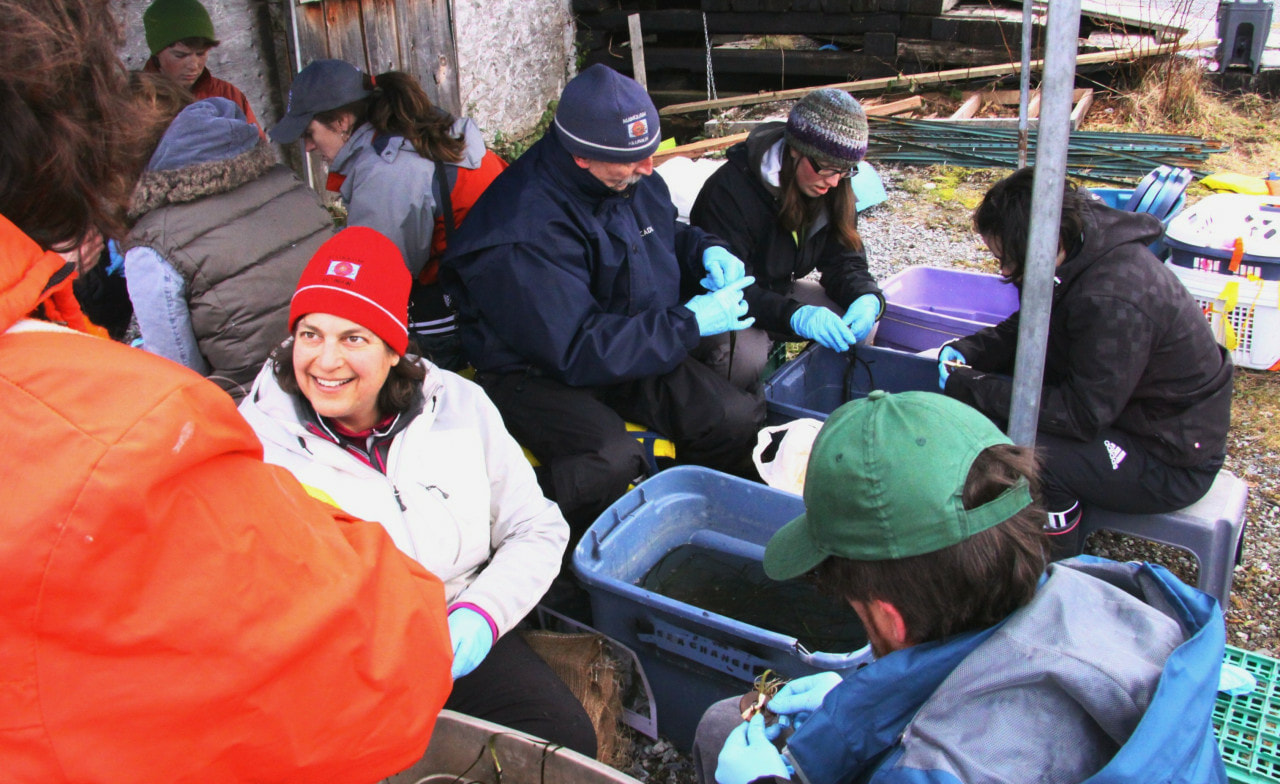Eelgrass Restoration & Monitoring at the mouth of Howe Sound
Eelgrass Beds: The Meadows of the Sea
|
Eelgrass (Zostera marina) is found in marine estuaries throughout the Coast Salish Sea (Straight of Georgia, Straight of Juan de Fuca, Puget Sound). These underwater meadows act as buffers that slow swift ocean currents as they approach shore, creating ideal habitat for fish, migratory water fowl, and countless invertebrates.
Functioning eelgrass beds acts as a filter to stop run off pollutants and sediments from entering marine ecosystems, and act as a berm protecting foreshore areas from flood. Just like the lush coastal forests, these underwater eelgrass beds produce oxygen and store excess carbon dioxide from the atmosphere. Eelgrass is a traditional food sources for all coastal First Nations, and 80% of commercially important fish and shellfish are dependent on eelgrass for their survival. For more information check out this short video on eel grass produced by the Sierra Club of British Columbia: |
|
Protecting and Restoring Eelgrass on the Pacific North Coast
|
Industrial development, nutrient runoff, and infill/dredging have caused an estimated 18% decline in shore habitat along the Pacific north coast as of 1994. The rate of eelgrass decline has increased significantly from 0.9% per year before 1940, to 7% per year after 1990.
The SRWS joined the Seagrass Conservation Working Group (SCWG), a consortium of conservation groups, scientists, consultants, and public agencies who work to protect and conserve eelgrass meadows in British Columbia. The SCWG from 2001-2007 with the help of community volunteers across BC mapped 12,000ha of eelgrass habitat, and in 2008 published a Strategy for Eelgrass Restoration in British Columbia. Since 2008 the SRWS, with the support of the SCWG, has been planting and monitoring eelgrass annually at sites on in the Squamish Estuary, the Cattermole Slough, the Mamquam Blind Channel, and on the Squamish Nation Reserve at the mouth of the Stawamus River. |
Eelgrass Helps Bring Whales Back to Howe Sound
|
From 2008 - 2012, volunteers from the Squamish community gathered and prepared eelgrass shoots for planting.
|
2008: 1500 eelgrass shoots were planted between three sites on the east side of the Squamish Oceanfront. These shoots showed a 90% survival rate in 2009, and in 2010 sites appeared to be growing into each other which gives promise of a eelgrass meadow.
2009: 1800 eelgrass shoots were planted between the Squamish Oceanfront, and Squamish Nation Stawamus river sites. In 2010 monitoring of the 2009 planting sites showed an eelgrass density increase from 10 shoots square meter, to 26 shoots per square meter. 2010: 1340 shoots were planted between 4 sites test sites at the mouth of the Stawamus river, and monitoring of these sites has shown a shoot density increase in three of the four sites. Herring spawn on the eelgrass, and have been returning to the Howe Sound in the past five years. Grey whales are known to feed on eelgrass with herring roe, and in 2010, for the first time in a century, a Grey Whale entered the Squamish River Estuary. Spring 2012: volunteers gathered to plant another 1500 eelgrass shoots in the Squamish Estuary, the Cattermole Slough, and at the mouth of the Stawamus River. The BC Wildlife Federation joined the volunteer planting team, check out their blog on their experience. |

